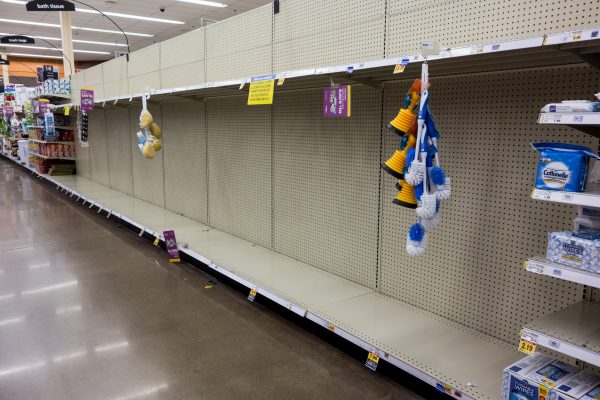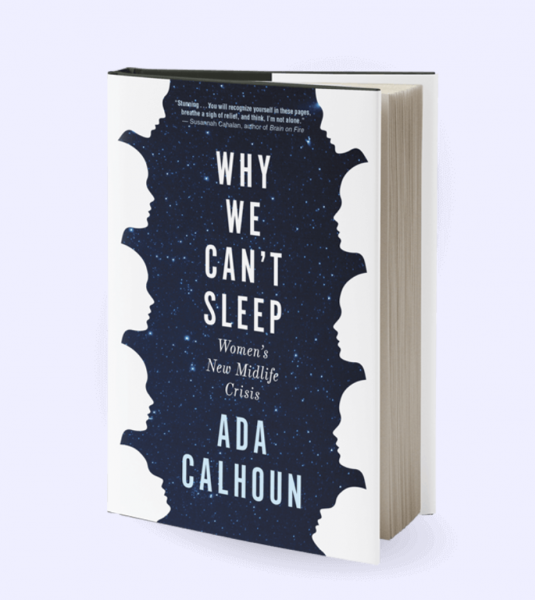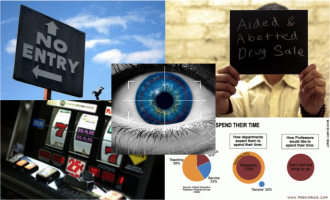
New & Noteworthy
This week’s Clippings includes Samuel L. Perry‘s work in The Washington Post on new House Speaker Mike Johnson and assault weapons, Carolina Are in El País on sexualization in social media, Carolyn Liebler in The Washington Post on the Census and measuring Americans with Indigenous heritage, and Amin Ghaziani in SciTechDaily on the ambivalence of coming out experiences of LGBTQ adults.
From the Archives
Pain and suffering are commonplace in the news, especially now. Read j. Siguru Wahutu’s TROT on “consuming the pain” through images of the “other” in the media.
Daylight savings time was this past Sunday (in case you haven’t noticed by now). Learn more about the history of Daylight Savings time by reading Lisa Wade’s piece in Sociological Images.
Backstage with TSP
Because of TSP’s growing student board, we have increased the number of “pitches” per week (where students review recent academic articles, write a brief summary, and present the articles to the rest of the board) and “workshops” (where students share their Discoveries drafts on screen and the rest of the board provides feedback real-time). This increased frequency of pitches and workshops will enable us to publish more content in the upcoming months!
More from our Partners & Community Pages
Contexts has a new piece on “dyadic interviewing”, interviewing both young adults and their parent, in research with Elena van Stee, Gaby Flores, Ariel Chan, and Angelica Qin.
Council on Contemporary Families has a new piece on 7 patterns of women’s journey through motherhood, education, and work through adulthood by Bo-Hyeong Jane Lee and Anna Manzoni.
First Publics has a new Reflections by Michael Kennedy on his teaching journey towards a critical and public-oriented approach.




